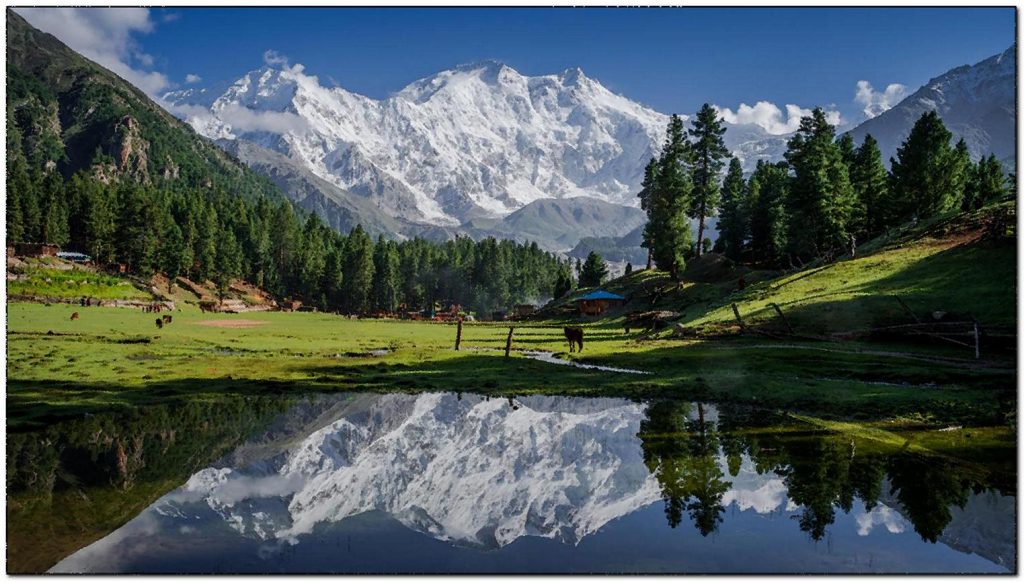Shangri-La, the fictional utopia first introduced in James Hilton’s 1933 novel ‘Lost Horizon,’ paints a picture of a serene and harmonious valley hidden deep in the Kunlun Mountains. The idea of this mystical place, where inhabitants live for hundreds of years in a state of perpetual happiness, has become synonymous with the concept of an earthly paradise. But did you know that there is a real place that has been compared to the description of Shangri-La? The Hunza Valley, located in the Himalayas, has been said to share similarities with the valley described in Hilton’s novel. However, the idea of a utopia and the reality of it can be vastly different. Throughout history, there have been many predictions and warnings about the effects of progress and innovation on society. The New York Times once warned that electric light would damage people’s retinas and French experts predicted that railroad travel would cause passengers’ blood vessels to burst. Even literary figures like Melville and aristocrats decried the rise of railroads, claiming that it would lead to an unnecessary movement among the lower classes. In his book ‘The Theory of the Leisure Class,’ Thorstein Veblen sums up this attitude towards innovation as simply being ‘bad form’.
Shangri-La in Reality: The Hunza Valley and ‘Lost Horizon
